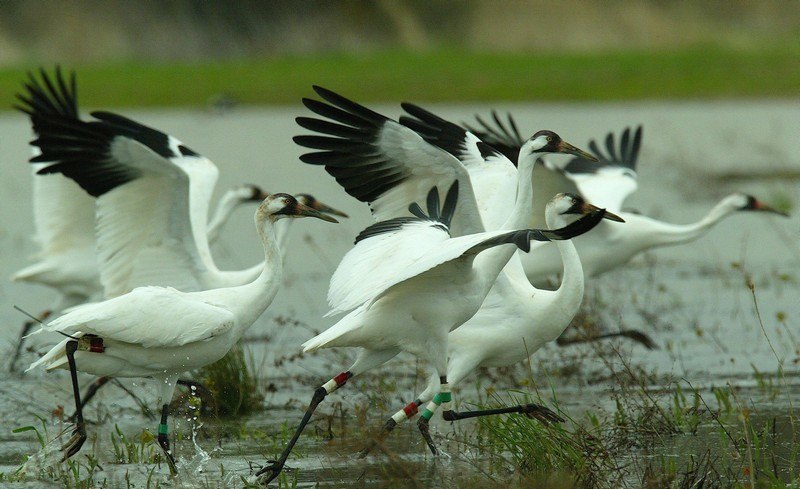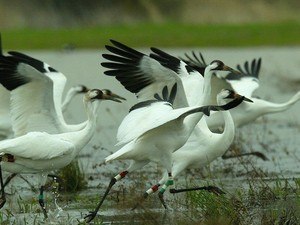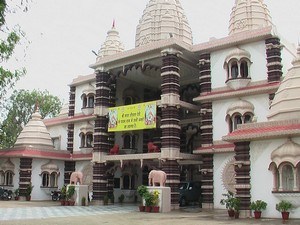Sultanpur Bird Sanctuary / Sultanpur National Park, Gurgaon - Timings, Entry Fee, Safari Cost, Safari Booking, Best Time to Visit
 #2 of 9 Places to Visit in Gurgaon
#2 of 9 Places to Visit in Gurgaon
 Distance (From Gurgaon Bus Stand): 16 Kms
Distance (From Gurgaon Bus Stand): 16 Kms
 Trip Duration (Including Travel): 4 Hours/Half Day
Trip Duration (Including Travel): 4 Hours/Half Day
 Transportation Options: Bus / Cab
Transportation Options: Bus / Cab
 Travel Tips: None
Travel Tips: None
At a distance of 16 km from Gurgaon and 50 km from Delhi, Sultanpur National Park, formerly Sultanpur Bird Sanctuary is located at Sultanpur in Gurgaon district of Haryana state. It is one of the popular places to visit near Delhi for a day trip.
Sultanpur Bird Sanctuary is very popular national park and ideal for bird watching. Established in 1972 as the Sultanpur Bird Reserve, this place was upgraded to National Park in 1989. Since then, the lake that earlier had to depend on monsoon for its water was provided water from Yamuna River enabling it to remain full throughout the year. Spread over an area of 1.43 sq. km, this bird sanctuary is inhabited by over 250 species of birds. During the winter months, it attracts more than 100 varieties of migratory bird species from Siberia, Afghanistan, Russia, Turkey and East European countries.
Birds like common hoopoe, common spoonbill, paddy field pipit, purple sunbird, little cormorant, Eurasian thick-knee, gray francolin, black francolin, Indian roller, white-throated kingfisher, spot billed duck, painted stork, great egret, cattle egret, India crested lark and many others permanently inhabit the bird sanctuary. In winter, Sultanpur Bird Sanctuary provides a picturesque panorama of 100 migratory bird species such as Siberian cranes, greater flamingo, ruff, black winged stilt, common teal, common greenshank, northern pintail, yellow wagtail, white wagtail, rosy pelican etc.
Although Sultanpur National Park is predominantly a bird sanctuary, it is also home to wildlife like striped hyenas, blue bull, wild dog, wild cat, four horned antelope, Indian porcupine, hedgehog, etc. The park is not the original habitat of the animals but it is the result of efforts made by the forest authorities to maintain the ecological balance of the area. A number of trees have been planted all over the park to provide a permanent habitat for the avian residents of the place. Some of the commonly found trees include Acacia Nilotica, Acacia Tortilis, Beris and Neem.
The park is a popular picnic spot for residents of New Delhi and the NCR (National Capital Region), especially during the winter migration months. The four watchtowers within the park are excellent places to view the rich avian population of the park. It also offers a panoramic view of the national park. The Interpretation Centre is an excellent place to get information on various resident and migratory birds of the park. It also houses some of Dr. Salim Ali's finest research works.
The best time to visit this park is from December to February.
Entry Fee: Rs.5 for Indians, Rs.40 for Foreigners, Rs.10 for Camera and Rs.500 for Video Cam.
Timings: 6 AM to 4.30 PM













